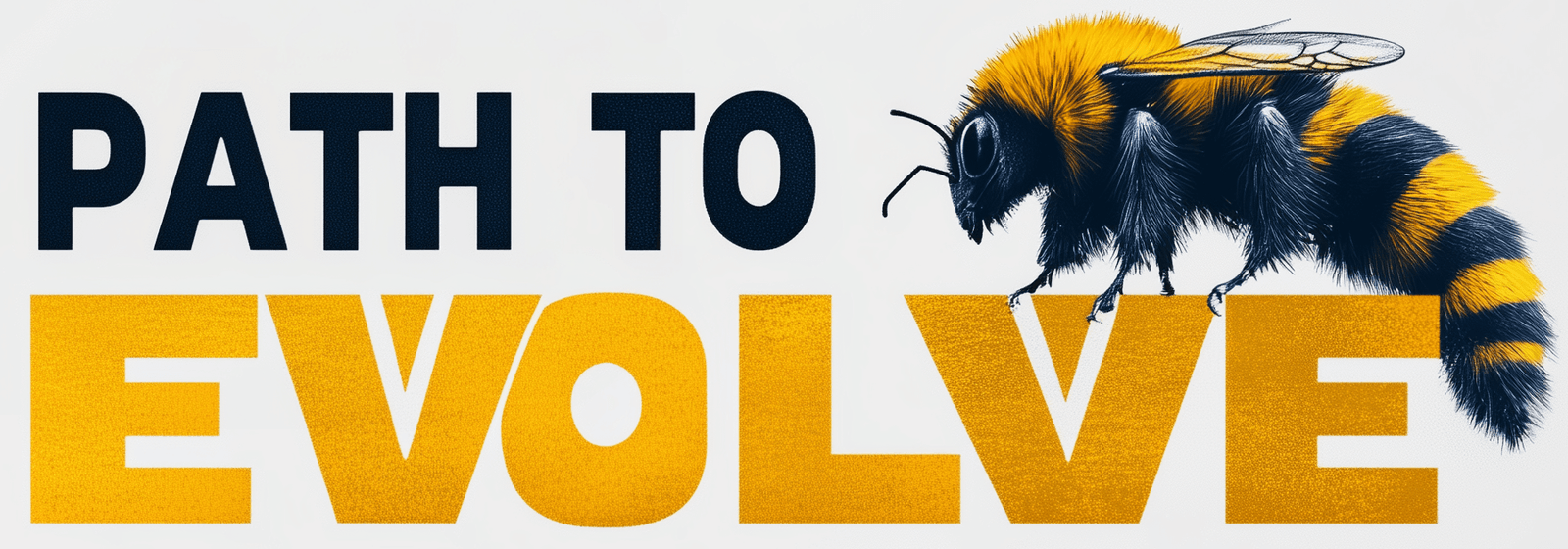DeFi and Traditional Finance: Where They Meet and Where They Clash
The world of finance is undergoing a transformation, with Decentralized Finance (DeFi) emerging as a disruptive force that challenges the established norms of Traditional Finance. While traditional finance, consisting of banks, financial institutions, and regulatory frameworks, has been around for centuries, DeFi aims to revolutionize how we conduct financial transactions by leveraging blockchain technology and smart contracts. This article explores where DeFi and traditional finance intersect, the fundamental differences between them, and the points of contention that define their ongoing relationship.
What Is Decentralized Finance (DeFi)?
Decentralized Finance (DeFi) is a financial ecosystem built on blockchain technology that aims to eliminate intermediaries, such as banks and financial institutions, in financial transactions. DeFi protocols use smart contracts on public blockchains like Ethereum to create open financial services, including lending, borrowing, trading, and earning interest.
- Key Features of DeFi: The core features of DeFi include decentralization, transparency, permissionless access, and the use of smart contracts that automatically execute transactions without requiring a central authority.
- Popular DeFi Platforms: Some of the most well-known DeFi platforms include Uniswap (decentralized exchange), Aave (lending and borrowing), and Compound (interest-bearing accounts).
Traditional Finance: An Overview
Traditional Finance, often referred to as centralized finance (CeFi), encompasses the established financial institutions and systems that have existed for centuries. This includes banks, brokerages, insurance companies, and central banks that operate under strict regulatory frameworks.
- Key Features of Traditional Finance: The key features of traditional finance include centralization, regulated institutions, government oversight, and the use of fiat currency (such as USD, EUR, etc.).
- Role of Intermediaries: Traditional finance relies heavily on intermediaries, such as banks and payment processors, to facilitate transactions, provide loans, and manage financial accounts.
Where DeFi and Traditional Finance Meet
Despite their differences, there are areas where DeFi and traditional finance intersect, offering opportunities for collaboration and integration.
1. Financial Inclusion
One of the key areas where DeFi and traditional finance align is the goal of financial inclusion. Both systems aim to provide access to financial services, but they go about it in different ways.
- Access to Financial Services: Traditional finance has made efforts to reach underbanked populations through microfinance and government initiatives. Similarly, DeFi aims to provide financial services to anyone with an internet connection, particularly in regions where traditional banking infrastructure is lacking.
- Bridging the Gap: Partnerships between traditional financial institutions and DeFi platforms could help bridge the gap by offering services that combine the accessibility of DeFi with the trust and stability of traditional finance.
2. Tokenization of Assets
Tokenization is another area where DeFi and traditional finance intersect. Traditional assets, such as stocks, real estate, and commodities, are being tokenized and brought onto the blockchain, allowing them to be traded on DeFi platforms.
- Tokenized Securities: Traditional financial instruments, like stocks and bonds, can be tokenized and traded on decentralized exchanges. This provides increased liquidity and access to markets that were previously difficult for average investors to access.
- Fractional Ownership: Tokenization enables fractional ownership of assets, making it possible for investors to own a fraction of high-value assets, such as real estate, which may not have been accessible through traditional finance.
3. Regulatory Collaboration
The intersection between DeFi and traditional finance also occurs at the regulatory level. Governments and financial institutions are exploring ways to regulate DeFi while fostering innovation.
- Compliance and AML: Some DeFi platforms are working towards incorporating anti-money laundering (AML) and know-your-customer (KYC) procedures to align with regulatory standards. This allows them to collaborate more effectively with traditional finance.
- Hybrid Finance Models: Hybrid models that combine elements of both DeFi and traditional finance are emerging. For example, centralized exchanges (CEXs) that support DeFi tokens or CeDeFi platforms that aim to offer the best of both worlds—decentralization and compliance.
Where DeFi and Traditional Finance Clash
While there are areas of convergence, DeFi and traditional finance have fundamental differences that create points of contention between the two systems.
1. Centralization vs. Decentralization
The most significant clash between DeFi and traditional finance is the debate over centralization vs. decentralization.
- Trust in Institutions vs. Trustless Systems: Traditional finance relies on trust in centralized institutions, such as banks and regulators, to manage funds and enforce rules. DeFi, on the other hand, uses trustless systems that operate through smart contracts and do not require intermediaries. This fundamental difference leads to a lack of compatibility between the two systems.
- Control Over Funds: In traditional finance, banks have control over customers’ funds, while in DeFi, users have full control over their assets through non-custodial wallets. This clash over control is a key reason why many traditional financial institutions are wary of DeFi.
2. Regulatory Challenges
DeFi’s decentralized nature presents significant regulatory challenges that clash with the established frameworks of traditional finance.
- Lack of Regulatory Oversight: DeFi platforms often operate without regulatory oversight, which raises concerns about fraud, money laundering, and consumer protection. This lack of regulation contrasts sharply with the heavily regulated traditional financial system.
- KYC and AML Requirements: Traditional finance is subject to strict KYC and AML requirements, while many DeFi platforms operate anonymously. This creates tension between regulators seeking to enforce compliance and DeFi developers advocating for privacy and decentralization.
3. Security and Risk
The security and risk profiles of DeFi and traditional finance differ significantly, leading to a clash between the two systems.
- Smart Contract Vulnerabilities: DeFi platforms rely on smart contracts, which can be vulnerable to bugs and exploits. High-profile hacks and rug pulls have resulted in millions of dollars in losses for DeFi users. In contrast, traditional finance has a more robust system of checks and balances, including insurance and consumer protections.
- No Customer Protection: In traditional finance, customers are protected by deposit insurance and consumer protection laws. DeFi, however, offers no such guarantees, meaning that users are at risk of losing their assets if a smart contract fails or is exploited.
Potential Future of DeFi and Traditional Finance
The future of finance is likely to involve a blend of DeFi and traditional finance, as both systems have unique strengths and weaknesses. Here are some possible scenarios for how the relationship between DeFi and traditional finance could evolve:
1. Integration and Collaboration
As DeFi matures, we may see greater integration between DeFi platforms and traditional financial institutions. This could involve banks offering DeFi products, such as yield farming or staking, to their customers or DeFi platforms adopting more robust compliance measures to work with traditional finance.
- Banking the Unbanked: DeFi could provide traditional banks with the tools to reach underserved populations, while banks could provide the regulatory compliance and trust needed to onboard new users into the DeFi ecosystem.
2. Emergence of CeDeFi
CeDeFi (Centralized Decentralized Finance) is an emerging concept that combines elements of centralized finance with the benefits of decentralization. Platforms like Binance are exploring CeDeFi as a way to provide users with the best of both worlds—the transparency and innovation of DeFi with the compliance and security of traditional finance.
- Regulated DeFi Products: CeDeFi could involve regulated DeFi products that comply with KYC and AML requirements, allowing for greater collaboration with traditional financial institutions and regulators.
3. Coexistence with Niche Markets
DeFi and traditional finance may also coexist, each serving different niche markets. DeFi could cater to tech-savvy users looking for high-risk, high-reward opportunities, while traditional finance continues to serve those who prioritize security, stability, and regulatory oversight.
- Specialized Financial Services: Traditional banks may continue to offer services that require a high level of regulation and trust, such as mortgages and large-scale investments, while DeFi focuses on providing accessible, borderless financial services.
Conclusion
The rise of DeFi has sparked a fundamental shift in the financial landscape, challenging the established norms of traditional finance and offering a glimpse into a more decentralized future. While there are areas where DeFi and traditional finance intersect, such as financial inclusion and asset tokenization, there are also significant clashes over issues like centralization, regulation, and security. The future of finance will likely involve a combination of both systems, as they adapt to meet the evolving needs of consumers, businesses, and regulators. Whether through integration, coexistence, or the emergence of new hybrid models, DeFi and traditional finance will continue to shape the future of global finance.




No Comment! Be the first one.